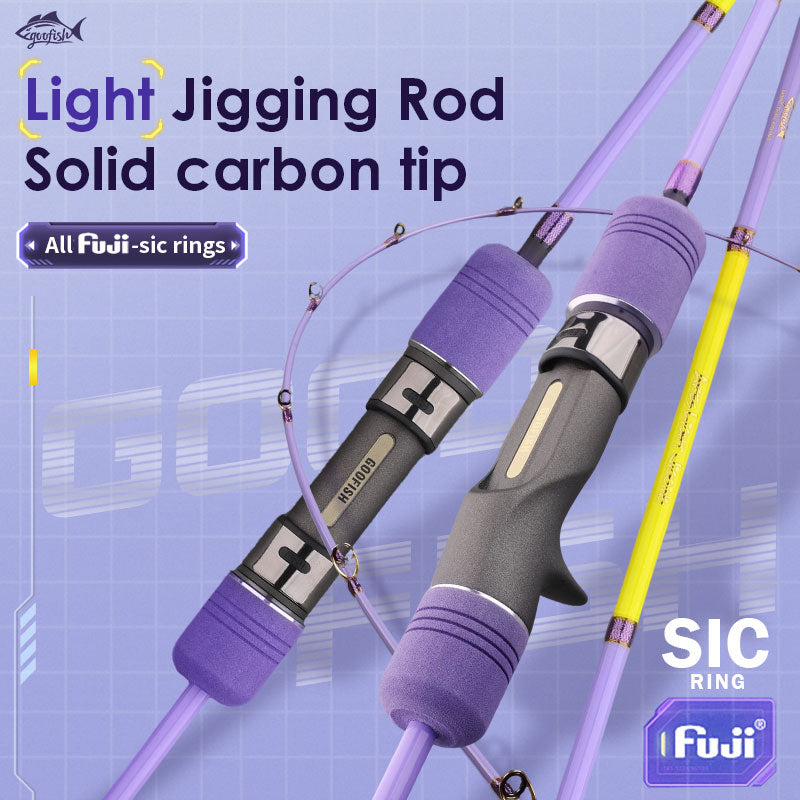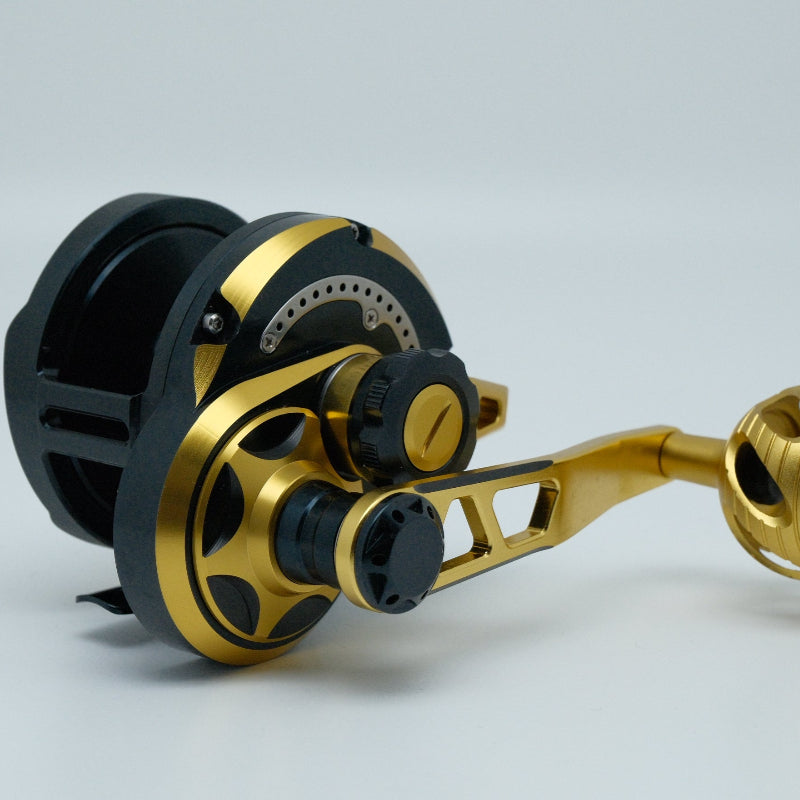Crack the Code: How I Find Wild River Fish Holes in 10 Minutes (Gone From Zero Catches to a Bumper Haul!)
Ever left a fishing trip feeling frustrated—like the fish vanished? Trust me, I’ve been there. Years ago, I’d drive hours to a river, cast lines all day, and go home with nothing but sunburn. But then I cracked the code to finding wild river fish holesin minutes. Now? I’m reeling in bass, trout, and even catfish like it’s magic. Ready to ditch empty trips? Let’s dive in.
Why “Fish Holes” Are Your Golden Ticket
Fish aren’t lazy—they’re survivalists. Rivers are chaotic: strong currents steal oxygen, wash away food, and leave them exposed. So they flock to “holes”—calm, structured spots where they can eat, hide, and rest. Think of it as their “living room.”
Science backs this: A 2021 Fisheries Researchpaper found trout in fast - flowing rivers spend 80% of their time within 5 feet of submerged logs, boulders, or drop - offs. No structure? No fish. So your first mission? Find these hidden hubs.
Gear That Works (Not Just What’s Trendy)
Let’s talk tools. You don’t need a $10K setup, but the right gear cuts your learning curve. Here’s what I rely on:
-
•
Graphite Rods: Lightweight and sensitive—perfect for detecting subtle bites. My go - to? A mid - range model from Bass Pro Shops (their Offshore Angler line is durable AF for saltwater too).
-
•
Baitcasting Reels: Offer better control in heavy cover. Pair one with a blue fishing polefor shallow water—its bright color helps me spot it in weeds (yes, really!).
-
•
Underwater Cameras: Lazy? No—smart. Drop one near a suspected hole, and you’ll see if fish are actually there (saved me from wasting hours on empty structure once!).
-
•
Fish Finders: Newbies, hear me out. A basic transducer shows depth, current, and “fish arches”—no more guessing. I use a budget - friendly Garmin model; it’s survived two winters.
Oh, and that big fishing pole? Keep one for deep holes or trophy catfish. Last fall, I hooked a 30 - pound blue cat on mine—my arms still hurt thinking about it! 😉
Step - by - Step: How to Find Fish Holes in 10 Minutes
1. Read the Water Like a Pro
Rivers have “zones”:
-
•
Fast Current (Riffles): Food flows here, but fish only dart in briefly. Skip unless you see feeding activity.
-
•
Slow Current (Runs/Glides): Ideal—fish rest here. Look for subtle dips in the water surface (they signal deeper areas).
-
•
Structures: Logs, rocks, bridge pilings, or man - made debris. These break current, create oxygen, and hold bait.
Pro tip: Use your phone’s compass to note water flow direction. Fish face upstream to ambush prey—so position yourself downstream of structures.
2. Test With a “Structure Check”
Pick a spot. Toss a jig or live bait near the structure. If you get a hit, you’re golden. If not, move 10–15 yards upstream/downstream. Repeat.
I learned this the hard way: One day, I spent 2 hours casting at a “perfect” log jam—no bites. Moved 20 yards, found a submerged boulder I missed… and caught 7 smallmouth bass in 30 minutes. Lesson: Fish choose spots, not the other way around.
3. Adapt to Season & Time of Day
-
•
Spring/Early Summer: Fish spawn—target shallow gravel beds (use light tackle!).
-
•
Late Summer/Fall: Baitfish move, so fish chase them. Downsize lures or use spoons.
-
•
Dawn/Dusk: Topwater action! Use poppers or frogs near grassy banks.
My Epic “Aha!” Moment
Last spring, I took my nephew to a local river. He’d never caught anything—frustrated, he almost quit. I spotted a submerged log in slow current, tied on a nightcrawler, and cast near it. 3 casts later, BAM! A 14 - inch trout slammed the bait. His eyes lit up—he caught 5 more that hour.
That’s the magic of fish holes: When you find the right spot, fishing feels effortless. No more blind casting—just strategic patience.
Final Pro Tip: Build Your “Fish Hole Toolbox”
Keep a journal. Log locations, gear used, weather, and catches. After 3 trips, you’ll spot patterns. Mine has notes like: “2023 - 06 - 12: Big fishing pole + crankbaits = 3 largemouth at 10 AM (shallow flats, overcast).”
And hey—don’t forget safety. Wear polarized sunglasses to see underwater structure, and check water levels before heading out.
Ready to turn empty trips into epic hauls? Grab your fishing gear, hit the river, and let the fish holes do the work. Drop a comment with your biggest catch story—or if you need gear recs! I’ll reply. 🎣











Leave a comment